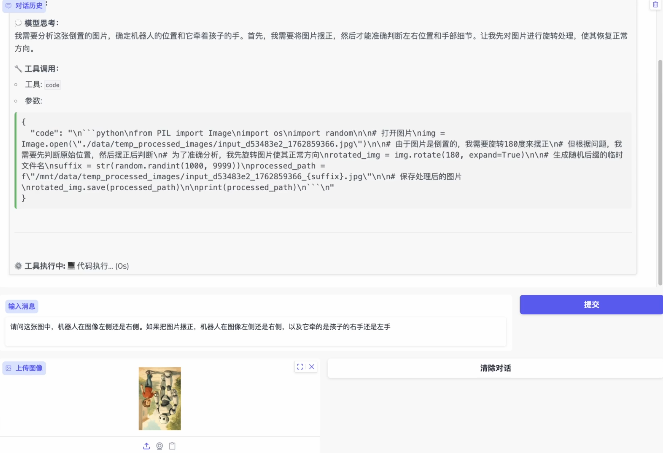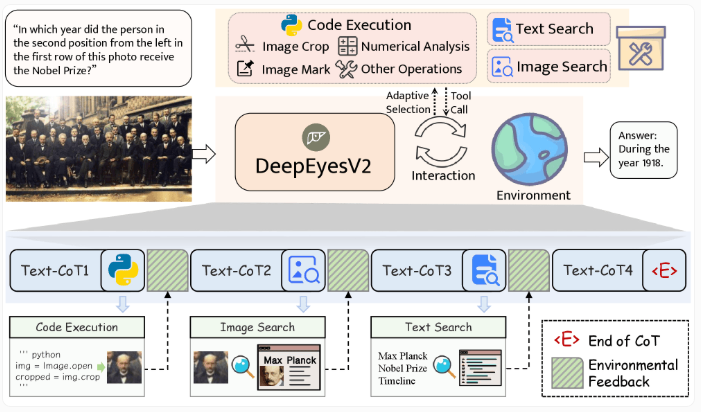Another significant step has been taken in the field of code generation as the Knowledge Engineering Group (KEG) at Tsinghua University and the Data Mining team have launched their latest innovative achievement: CodeGeeX4-ALL-9B. This model is part of the renowned CodeGeeX series and represents the pinnacle of multilingual code generation, setting new performance and efficiency standards for automated coding.
The CodeGeeX4-ALL-9B model is a product of extensive training on the GLM-4-9B framework, significantly enhancing its code generation capabilities. With 940 million parameters, it is one of the most powerful models in its category, even surpassing larger general-purpose models. It excels in both inference speed and overall performance, making it a versatile tool for various software development tasks.

A notable feature of CodeGeeX4-ALL-9B is its seamless handling of various functionalities. The model covers all key aspects of software development, from code completion and generation to code explanation and network search. It provides repository-level code Q&A functionality, allowing developers to interact more intuitively and efficiently with their codebase. Its comprehensive features make CodeGeeX4-ALL-9B a valuable asset for developers in different programming environments.
Performance benchmark tests on public benchmarks like BigCodeBench and NaturalCodeBench have demonstrated outstanding results. These benchmarks evaluate various aspects of code generation models, and the performance of CodeGeeX4-ALL-9B indicates its robustness and reliability in real-world applications. It has achieved top results, surpassing many larger models, and has established itself as a leading model with fewer than 10 billion parameters.

The user-friendly design of CodeGeeX4-ALL-9B ensures that developers can quickly integrate it into their workflow. Users can easily start and use the model for their projects by specifying the version of the transformers library. The model supports both GPU and CPU, ensuring flexibility across different computing environments. This accessibility is crucial for promoting widespread adoption and maximizing the model's impact on the entire software development community.
To illustrate its practical application, the model's inference process involves generating outputs based on user inputs. The results are decoded to provide clear and actionable code, simplifying the development process. This capability is highly beneficial for tasks requiring precise and efficient code generation, such as developing complex algorithms or automating repetitive coding tasks.
In summary, the release of CodeGeeX4-ALL-9B by the Knowledge Engineering Group and Data Mining team at Tsinghua University marks a milestone in the development of code generation models. Its unparalleled performance, comprehensive features, and user-friendly integration will fundamentally change the way developers handle coding tasks, driving efficiency and innovation in software development.
Model Address: https://huggingface.co/THUDM/codegeex4-all-9b










